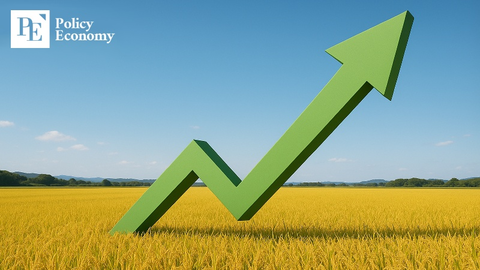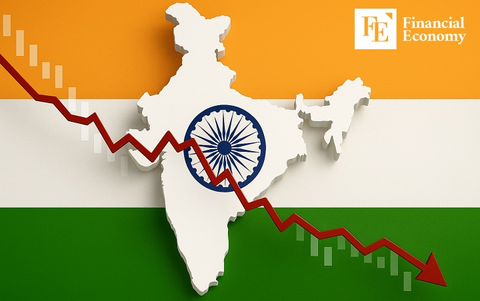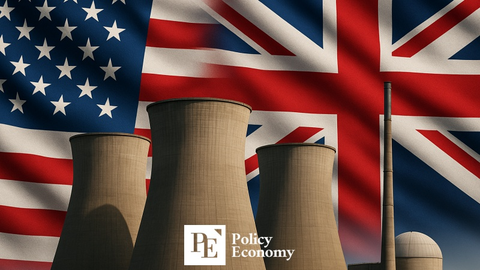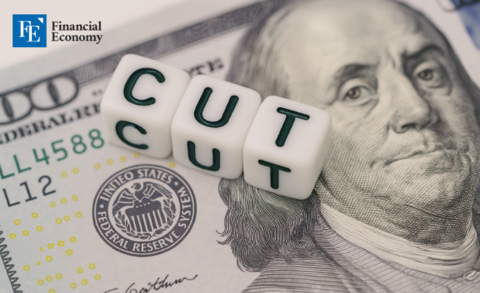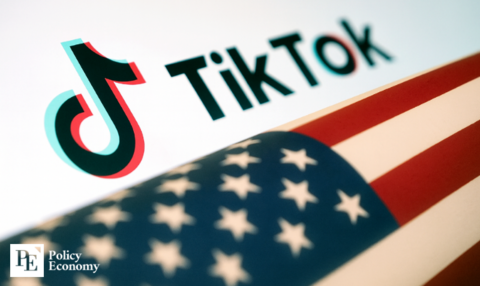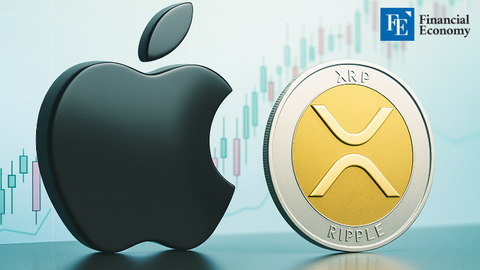“Cut Rates by 1%”: Trump Ramps Up Pressure Again, While Fed Remains Cautious
Input
Modified
Trump Again Urges Fed Chair Powell to Cut Interest Rates Fed Signals Wait-and-See Approach, Citing Need to Assess Tariff Impact Mounting Pressure for Rate Cuts Amid Looming Shadow of Recession
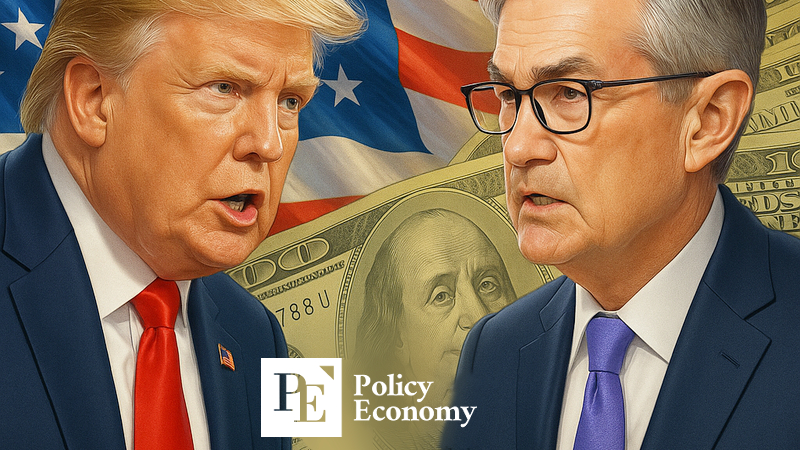
U.S. President Donald Trump has once again called on Federal Reserve (Fed) Chairman Jerome Powell to lower the benchmark interest rate. As the Fed maintains a wait-and-see stance while closely monitoring the aftereffects of tariff policies, pressure from the administration to adjust interest rates is intensifying. This growing tension appears to stem from differing inflation outlooks between the Fed and the White House.
Trump’s Push for Interest Rate Cuts
According to foreign media reports on the 10th, President Donald Trump has been persistently urging the Federal Reserve to cut interest rates. On the 6th (local time), he wrote on his social media platform, Truth Social, that a “Fed that acts ‘too late’ is a disaster,” adding, “Lower the rate by a full 1%.”
He continued, “There is virtually no inflation right now, and if inflation does return, we can respond by raising rates,” criticizing, “The ‘too late guy’ (Chair Powell) is costing America a fortune.”
Speaking to reporters aboard Air Force One on the 7th, Trump also said, “I’ll be announcing the next Fed Chair soon,” and emphasized, “A good Fed Chair is someone who knows how to lower rates at the right time.”
Although Powell’s term is set to run through May 2026, Wall Street has continued to speculate that Trump may try to sideline him by appointing a so-called “shadow chair” before his term ends, potentially triggering a lame-duck period for Powell.
This is not the first time Trump has used the Fed Chair position as leverage to push for rate cuts. The Wall Street Journal previously reported that Trump considered firing Powell early back in April but ultimately abandoned the idea after being dissuaded by Treasury Secretary Scott Bessent and Commerce Secretary Howard Lutnick. They reportedly warned that removing the Fed Chair—whose position is designed to be independent—could undermine trust in the U.S. economy and trigger a financial crisis, which led Trump to back down.
The Fed Maintains a Cautious Stance
Despite Trump’s pressure, senior Federal Reserve officials remain cautious about cutting rates. John Williams, President of the New York Fed, stated at a recent Mortgage Bankers Association conference that, “Just because it’s June doesn’t mean we’ll suddenly understand what’s happening in the economy,” adding, “The same goes for July.” His remarks implied that it will take time to fully grasp the economic impact of Trump’s aggressive tariff policies.
Raphael Bostic, President of the Atlanta Fed, echoed a similar sentiment in an interview with CNBC. He identified Trump’s tariff policies and Moody’s downgrade of the U.S. credit rating as key sources of economic uncertainty.
“These developments will impact the broader economy,” Bostic said. “It will take 3 to 6 months to see how this situation plays out.” He added, “It seems likely that it will take longer for things to settle,” and indicated he is leaning toward a single rate cut this year.
Previously, in its March FOMC dot plot (a chart showing rate projections by Fed officials), the Fed had signaled the possibility of two rate cuts by the end of the year.
Fed Chair Powell, too, has consistently warned about the uncertainty surrounding tariff policies. He has repeatedly said that the Fed would assess inflationary effects caused by tariffs before making any rate decisions. However, the White House takes a different view, believing that tariff-induced inflation is merely a “one-off” event. Stephen Miran, a member of the White House Council of Economic Advisers, told CNBC that “Inflation is performing quite well” and that “There are no early signs of a renewed rise in inflation.”
He further argued that Trump’s first-term tariffs, implemented in 2019, did not lead to inflation. “With no signs of inflation and with the economy in a stable position, the Fed should move away from its restrictive stance and begin normalizing interest rates,” he asserted.
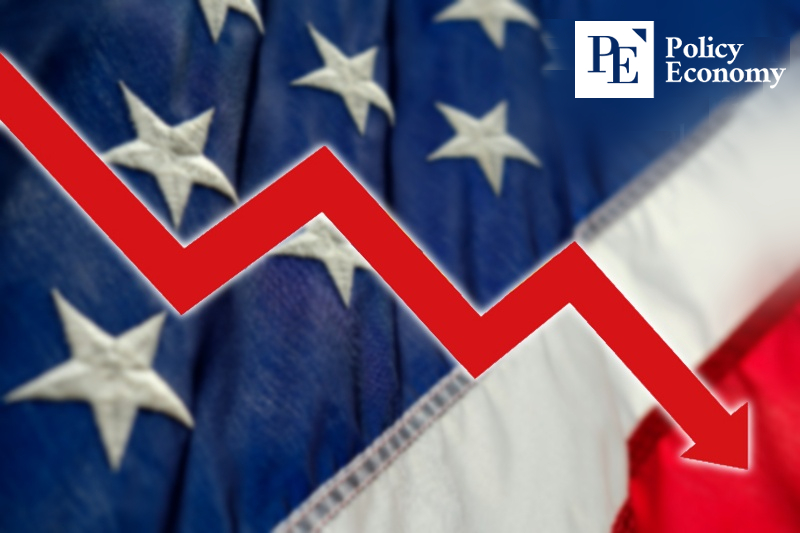
"Fears of Economic Downturn Mount"
Whether the Federal Reserve can continue to maintain a confrontational stance against the White House remains uncertain, as recession concerns are rapidly spreading across various sectors of the U.S. economy.
According to a survey conducted last month by the U.S. think tank Conference Board in collaboration with the Business Council—a forum of corporate executives—83% of 133 surveyed CEOs predicted that the U.S. economy would experience either a “short and mild recession” (71%) or a “severe recession” (12%) within the next 12 to 18 months. This figure more than doubles the 30% recorded in the third quarter of last year and closely mirrors the 84% figure seen in Q3 2023, when fears of prolonged high interest rates were at their peak.
The “CEO Confidence Index,” which measures executives’ assessments of current and future economic conditions, dropped to 34 in the latest survey—its lowest level since Q4 2022. The index fell by 26 points compared to the previous survey, marking the largest drop since the index’s inception in 1976.
Only 11% of CEOs in the first-quarter survey believed current economic conditions had worsened compared to six months prior, but that figure surged to 82% in the latest poll. Conversely, the share of CEOs who said conditions had improved plummeted from 44% in Q1 to just 2%.
Expectations for future economic deterioration also rose sharply: the percentage of CEOs predicting worsening conditions in the next six months jumped from 15% to 64%.
Similar concerns have emerged in the investment banking sector.
Jamie Dimon, CEO of JPMorgan Chase and a Wall Street heavyweight, said in an interview with Bloomberg TV during the JPMorgan Global Markets Conference in Paris last month, “If a recession occurs, it’s difficult to predict its scale or duration.” He added, “We hope to avoid a recession, but at this point, we cannot rule it out,” noting that JPMorgan’s economists currently place the probability of a recession at 50%.

